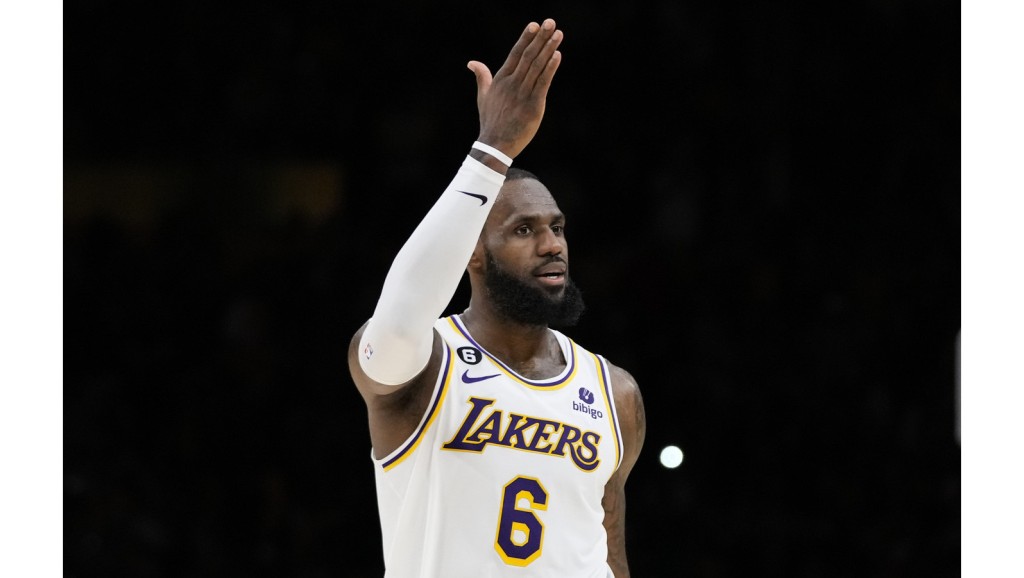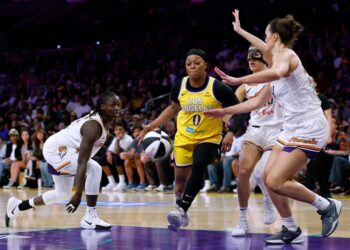If you’ve been following LeBron James’ pursuit of pro basketball’s career scoring record – and who can avoid it? – you’ve probably heard this said:
LeBron is having the longest prime in NBA history.
Or even: LeBron is having the longest prime in sports history.
It’s actually been said for a few years now. Which says something in itself. The persistence of LeBron’s greatness is so remarkable that it keeps persisting well after people started remarking about it.
Is this just a catchy way of saying LeBron’s been good for a long time? Like when Shaquille O’Neal called himself the NBA’s most dominant player and everyone on TV started saying it too, because ESPN doesn’t pay people to say Shaq is big and good? Or is it true that the current star of the Lakers has been at the top of his game – at the top of the game – for a stretch of time that defies comparison?
Let’s try to answer that question.
In one way, viewed from his entry into the league at age 18 with the Cleveland Cavaliers to his current 30-points-per-game season at 38 with the Lakers, the arc of James’ career is not unique. It’s higher, sturdier and glossier. But not one of a kind.
James led the league in various catch-all production metrics every year from roughly age 21 to age 28, and since then he has been one of the top 10 players practically every year.
Who else did that? No surprise, Kareem Abdul-Jabbar, whose scoring total of 38,387 is 36 points ahead of James. Kareem led the league in the overall metrics most years until he was 33 and then stayed in the top 10 until he, too, was 38.
Karl Malone’s peak wasn’t as high, but he stayed in the top 10 to age 37, as did John Stockton, just to name two Utah Jazz teammates.
Other sports?
Baseball, naturally, has more examples than you can shake a bat at. Start here: In 1971, Willie Mays, 40, was 10th in the major leagues in wins above replacement (WAR); fourth was Henry Aaron, 37; third was Roberto Clemente, 36.
The…
Read the full article here







